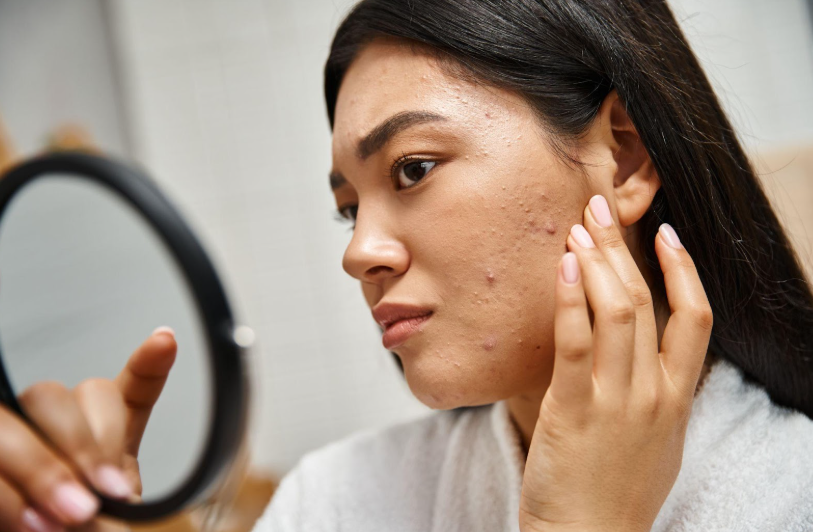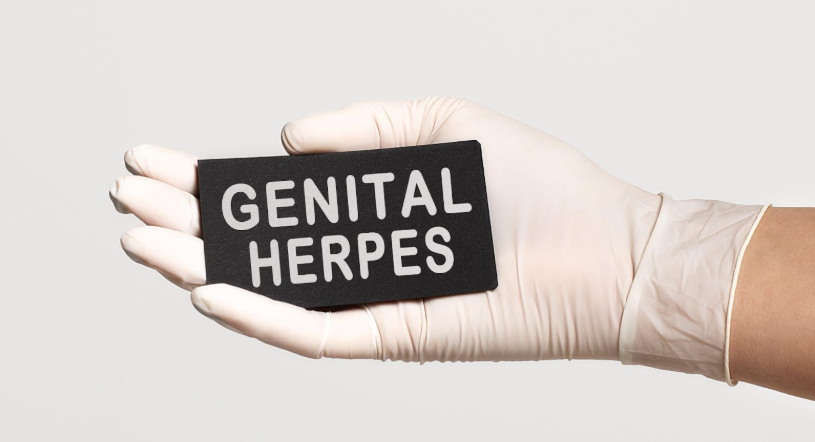A 75 year-old male patient, on warfarin (blood thinner) therapy, presented to our office for a non-healing sore on his nose
(Figure 1). According to the patient, the lesion had been treated with liquid nitrogen at least twice in the past 12 months. A biopsy demonstrated an infiltrative basal cell carcinoma. This type of basal cell carcinoma is typically more aggressive than a standard nodular basal cell carcinoma and is frequently larger than it appears to be. These cancers can cause severe disfigurement if left untreated. This cancer can grow both extremely wide and deep, causing it to destroy skin, deeper tissue, and can even damage bone. The most common place that a Basal Cell Carcinoma will present itself is on the nose.
Three stages of Mohs micrographic surgery were required to clear the tumor. The final defect involved the majority of the nasal dorsum, nasal tip and a small amount of the bilateral nasal sidewall
(Figure 2). Minor involvement of the nasal cartilage was noted.
Several closure options were discussed with the patient including but not limited to a paramedian forehead flap. This closure involves identifying the supratrochlear artery that supplies some of the skin on the forehead and dissecting the surrounding tissue to utilize for the repair. This is typically a two-stage process and can be difficult for some patients to tolerate, especially those on life saving blood thinners. Due to the complexity of this procedure, the patient wished to pursue other options.
Grafting was discussed, but he and his wife had significant concerns regarding the cosmetic results of a graft. Skin grafts can be very cosmetically pleasing when executed correctly. Unfortunately, in this case, the large defect size and exposure of cartilage would make the likelihood of a cosmetically pleasing graft very low.
In the end we opted for a bilateral transposition flap. This flap had the advantage of being performed in a single stage while yielding a cosmetically pleasing result. Tissue from the middle part of each cheek was elevated and moved over to the intact tissue of the sides of the nose (transposed) and sewed into place over the defect (Figure 3).
The sutures were removed after one week of healing. At two weeks a small amount of scabbing is noted at the tip of the nose (Figure 4), but the patient and his wife were extremely happy with the result.






